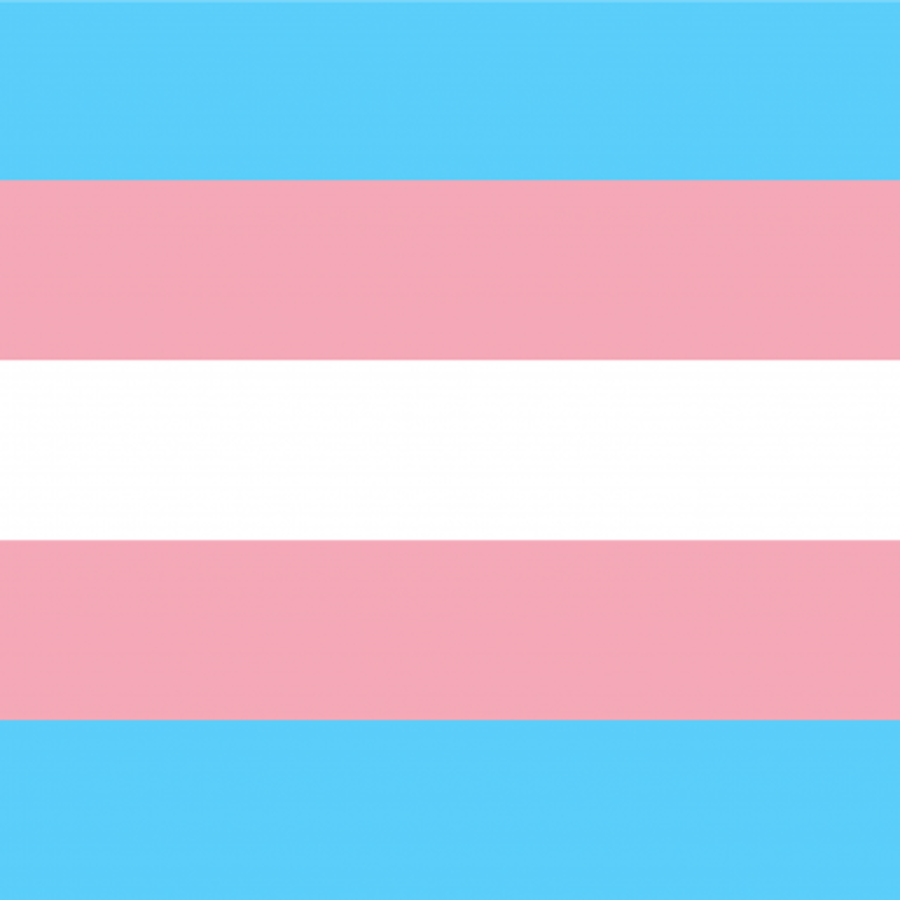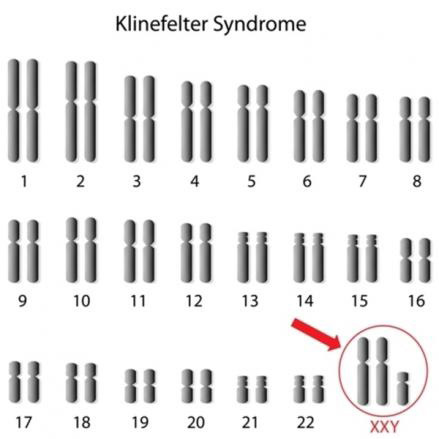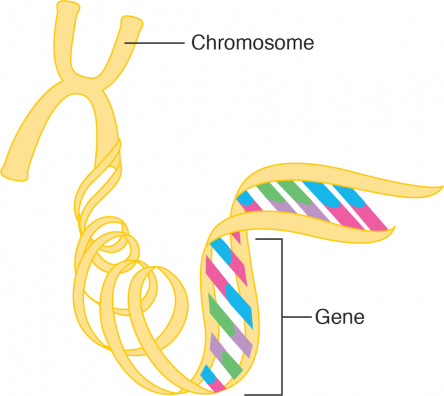
Is being transgender related to having different sex chromosomes?
December 5, 2017

- Related Topics:
- Editor's choice,
- Complex traits,
- Gender identity,
- Genetic sex,
- Chromosomes,
- LGBTQ+
A graduate student from Wisconsin asks:
"I’m doing research for a book and I have a question regarding sex and gender. One of the biggest issues facing the LGBTQ today is transgender discrimination. Many people of course are arguing there are only just two genders (i.e. sexes) male and female. But in doing research, there seem to be more combinations at least at the DNA level. Instead of just XX and XY, there can be XXX, XXY, and X and many others besides.
Does this have to do with being transgender? From a genetic perspective, are there more sexes than male and female, or is everything else just classified as a disorder?"
What a great question!
Yes, there are people who have differences in their sex chromosomes, or the X’s and Y’s you are talking about. There are some genetic differences that can make someone not clearly fit into the category of “male” or “female”. There are also people who are intersex, with bodies that don’t fit typical definitions of male and female.
However, being transgender does not mean someone has one of these differences. Being transgender has to do with how a person feels about their gender, not how many X’s or Y’s they have.
So what does all that mean exactly? Let’s dig deeper into what being transgender is, what sex chromosome conditions there are, and what being intersex is.
Being Transgender Is…
There are many things that make someone a “boy” and someone a “girl”. Before babies are born, many events happen to determine if they are a boy or a girl. One of these is brain development which is still not fully understood.
At birth, doctors look at the outside of our bodies to see if we are a boy or a girl, but determining our gender is much more complicated than that. A lot of the time, when someone physically looks like a boy, they also feel like they are a boy in their brains and hearts. Similarly, many people who have the body of a girl, feel like they are a girl in their brains and hearts. People whose feelings about their gender matches their bodies are cisgender.
However, sometimes our bodies do not match how we feel about our gender. Some people who physically look like boys may feel like they are girls. Some people who look physically like girls may feel that they are boys. These people are transgender, where they have feelings about their gender that do not match their body.
![]()
Gender is not as simple as just boys vs. girls. People can identify as transgender, where their feelings about their gender do not match their reproductive organs. People can also identify as non-binary and not feel like they are a boy or a girl. (helloDOKTOR)
About 1 in 200 people identifies as transgender in the United States. That is 1.4 million people just here in America! There are no tests that can be done to know if someone is transgender -- the only way to know is from the person telling you.
If someone does not feel like they are a boy or a girl, but something in between, they may identify as non-binary, gender non-conforming, or genderqueer. These are just some of the possibilities. Transgender people and non-binary people, just like anyone else, deserve respect, and for people to respect what gender they identify as.
Sex Chromosomes and Genetics
Chromosomes are the instruction manuals of our body, and help determine things like our hair color, eye color, and body parts. Some chromosomes are called sex chromosomes which help to determine whether someone has the reproductive body parts of a boy or a girl.
Usually, someone who has female body parts has two X chromosomes, and someone who has male body parts has an X and a Y chromosome. Sometimes, this is not the case.
There are some people who have differences in their sex chromosomes. For example, some people may have XXY, and some people may have one X or three X’s. These are genetic conditions, which means sometimes having these chromosome differences can result in medical complications.
Typically, if someone has a Y chromosome, no matter how many X’s or Y’s, they have the body parts of a boy. If someone doesn’t have a Y chromosome, they have the body parts of a girl. About 1 in 1,600 people may have one of these sex chromosome differences.
Now this is important: having differences in sex chromosomes doesn’t mean that someone is transgender. Because remember, being transgender has more to do with how someone feels.
Certainly there are people who have differences in their sex chromosomes who are transgender, just as there are people who do not have these differences and are transgender. Research does not suggest that people who have these differences are more likely to be transgender

Being Intersex Is…
Now, there are other genetic conditions that have to do with people’s gender that don’t involve extra or missing X’s and Y’s. There are genetic conditions that cause people to be intersex.
Instead of having whole extra or missing chromosomes like with the sex chromosome conditions, many people who are intersex have specific changes in one of their genes.
As I said before, chromosomes are the instruction manuals of our body. Individual instructions are called genes. Each chromosome has hundreds and hundreds of genes.

Intersex conditions happen when a specific gene is different from what is typical. That difference changes how the gene works.
In some cases, when someone who is intersex is born, the doctors are unsure of if they physically look like a boy or a girl. In other cases, people who are intersex may have the body parts of a boy or a girl at birth, but may go through puberty differently, and find out they are intersex around puberty.
Often people who are intersex need medical treatments so that they can go through puberty or for other reasons. About 1 in 100 people is intersex. This is about 3.8 million people in the United States!
Again, this is important to note: being intersex is different from being transgender. People who are intersex have bodies that are physically different than we would usually expect with a girl or a boy.
Being transgender has to do with how someone feels about their gender. There are some studies that suggest that some people who are intersex may be more likely to be transgender. This depends a lot on the genetic condition.
About 1 in 200 people identifies as transgender in the United States. That is 1.4 million people just here in America!
Some people who are intersex have treatments because they would like their bodies to look more similar to a typical boy or girl, but some people do not and are happy with the bodies they were born with. That decision is up to them and their families. Some people who are transgender decide to have treatments to make their bodies look more like the gender they identify, but sometimes they choose not to.
Regardless of what people choose, it is important to respect these people and their decisions, and to use whatever names and pronouns (like he, she, or they) that they prefer.
So yes, there are people who have different sex chromosomes than just XX and XY. There are also people who have smaller genetic changes that make them intersex.
Both the sex chromosome differences and being intersex affects how someone’s body is working physically. However, neither of these things necessarily means these people are transgender, since being transgender has to do with how someone feels about their gender.

Author: Kim Zayhowski
When this answer was published in 2017, Kim was a student in the Stanford MS Program in Human Genetics and Genetic Counseling. She wrote this answer while participating in the Stanford at The Tech program.
 Skip Navigation
Skip Navigation
